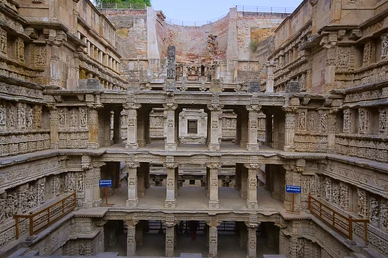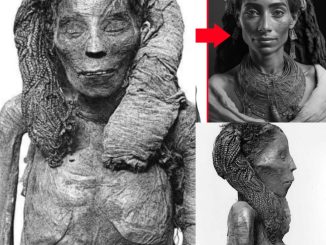Unveiling the Architectural Splendor of Rani Ki Vav
In the heart of Patan, Gujarat, India, lies a hidden gem of architectural magnificence – Rani Ki Vav, also known as the Queen’s Stepwell. Built in the 11th century during the Solanki dynasty, Rani Ki Vav is a remarkable example of ancient Indian architecture and engineering. In this blog post, we embark on a journey to explore the rich history and intricate beauty of Rani Ki Vav, delving into its cultural significance and the fascinating stories that surround it.Dating back to the 11th century, this stunning stepwell is not only a testament to the ingenuity of ancient Indian architects but also a symbol of the rich cultural heritage of the region. Join us as we embark on a journey to explore the intricacies and grandeur of Rani Ki Vav, unraveling the secrets hidden within its depths.

The Grandeur of Rani Ki Vav
Rani Ki Vav is a testament to the ingenuity and craftsmanship of its creators, showcasing a harmonious blend of architectural styles and decorative elements. The stepwell consists of seven levels of intricately carved sandstone platforms, descending deep into the earth and adorned with over a thousand sculptures depicting gods, goddesses, celestial beings, and mythological scenes. The walls of Rani Ki Vav are adorned with elaborate carvings and ornate pillars, showcasing the artistic prowess of the artisans who labored to create this masterpiece.Each level is adorned with exquisite sculptures depicting various deities, mythological creatures, and scenes from Hindu mythology. The walls of Rani Ki Vav are adorned with over 500 principal sculptures and over a thousand minor ones, showcasing the artistic prowess of the craftsmen who built it.

Exploring the Symbolism and Functionality
Beyond its architectural grandeur, Rani Ki Vav holds deep cultural and spiritual significance for the people of Gujarat. Stepwells like Rani Ki Vav served as vital sources of water and gathering places for communities, especially during the scorching summer months. Beyond their practical function, stepwells also held symbolic importance in Hindu cosmology, representing the journey from the earthly realm to the spiritual realm. The intricate carvings and sculptures found within Rani Ki Vav reflect the religious and mythological beliefs of the time, offering a window into ancient Indian culture and spirituality.

Preservation Efforts and UNESCO Recognition
Despite its historical significance, Rani Ki Vav fell into disrepair over the centuries, obscured by layers of silt and debris. In recent years, concerted efforts have been made to restore and preserve this architectural marvel, ensuring that its beauty can be appreciated for generations to come. In 2014, Rani Ki Vav was inscribed as a UNESCO World Heritage Site, recognizing its cultural and historical importance on a global scale. Today, visitors from around the world flock to Rani Ki Vav to marvel at its beauty and learn about its rich history.

Celebrating Ancient Discoveries
As we conclude our exploration of Rani Ki Vav, we are reminded of the profound impact that ancient discoveries can have on our understanding of history and culture. Rani Ki Vav stands as a testament to the ingenuity, creativity, and spiritual beliefs of ancient civilizations, offering a glimpse into the rich tapestry of India’s past. As we continue to uncover and preserve ancient treasures like Rani Ki Vav, we ensure that future generations can appreciate and learn from the achievements of our ancestors. Let us celebrate the legacy of Rani Ki Vav and the countless other ancient discoveries that continue to inspire and captivate us today.
Rani Ki Vav serves as a reminder of the enduring legacy of our ancestors and the importance of preserving and cherishing our cultural heritage for generations to come. Through efforts to protect and conserve sites like Rani Ki Vav, we ensure that their stories continue to inspire and captivate audiences around the world, connecting us to our shared history and identity.



